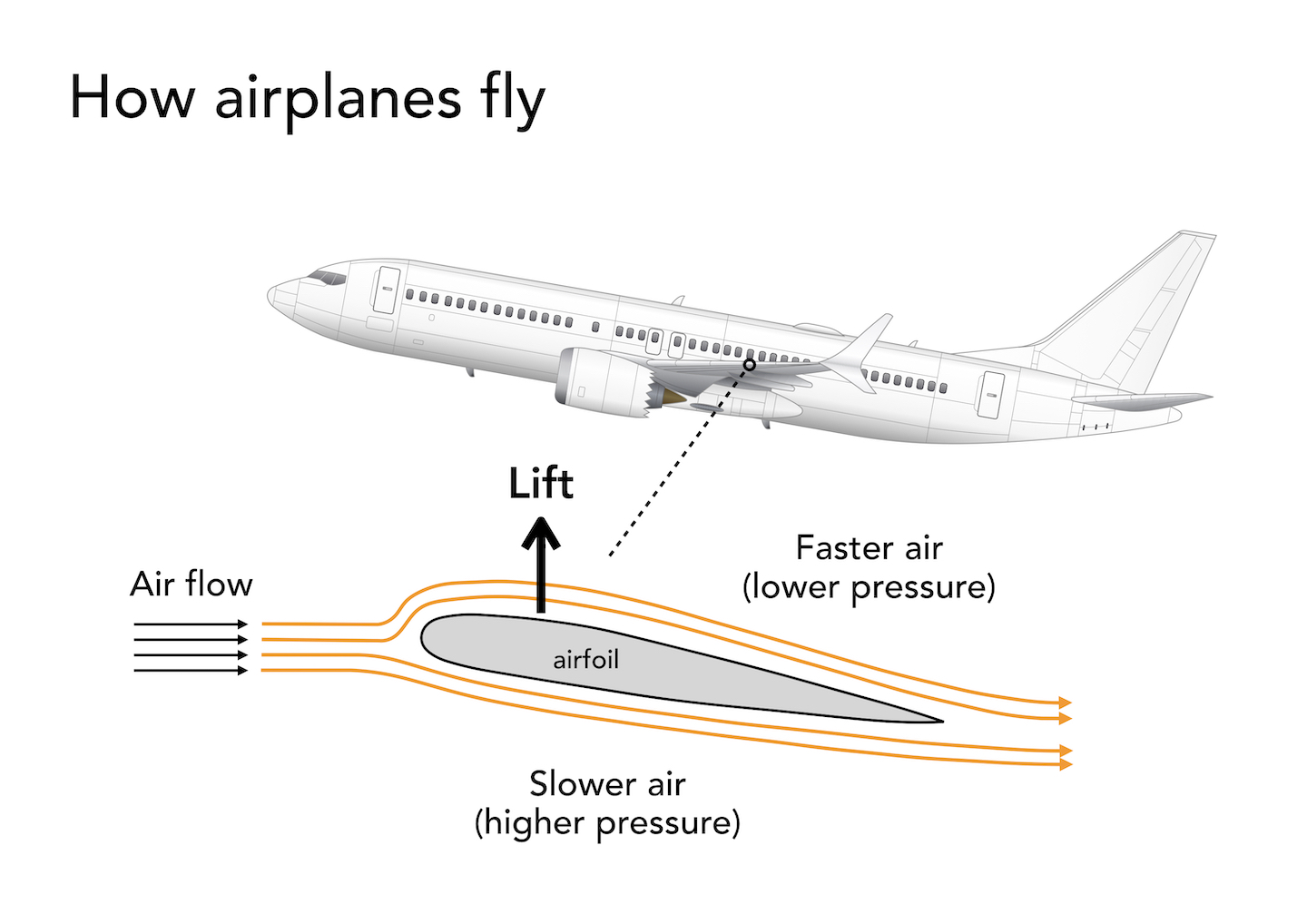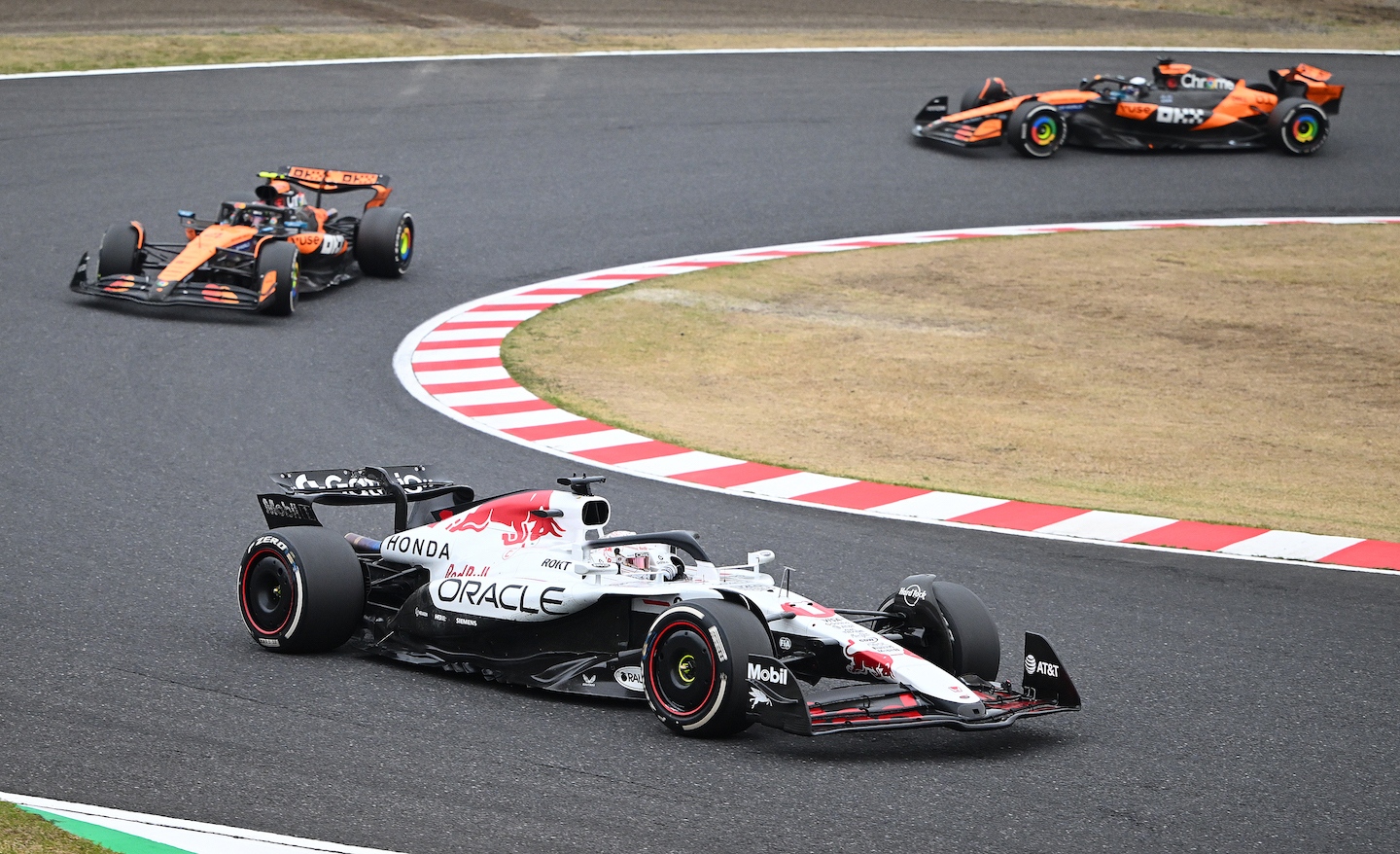Lift (noun, “LIFT”)
In physics, lift is a force that enables birds and planes to fly. It acts perpendicular to the flow of air around an object.
Consider an airplane flying overhead. Powerful jet engines propel the plane forward. This forces air to flow over and under the wings. And that horizontal airflow creates vertical lift.
That’s because the shape of an airplane’s wing causes air to flow at different rates above and below the wing. Slower-moving air below the wing exerts more pressure on it than the faster-moving air above it. The pressure difference creates upward lift, allowing planes to counter gravity and fly.

Many people think of lift as an upwards-only force. But lift can exert force in any direction — as long as it’s perpendicular to the direction of the airflow.
Race cars offer an example of downward lift. This is sometimes called downforce. Race cars often have “wings” mounted on their rears. These wings look different from airplane wings. But like plane wings, they create air pressure differences that lead to lift.
A driver doesn’t want their race car to fly. They want it to hug the road. So the shape of a race car’s wing causes air to move faster under it than over it. The result is higher air pressure above the wing. That’s opposite how airplane wings work, and it helps the car grip tight to the road.

In a sentence
Feather-inspired flaps on airplane wings boost performance by improving lift.



